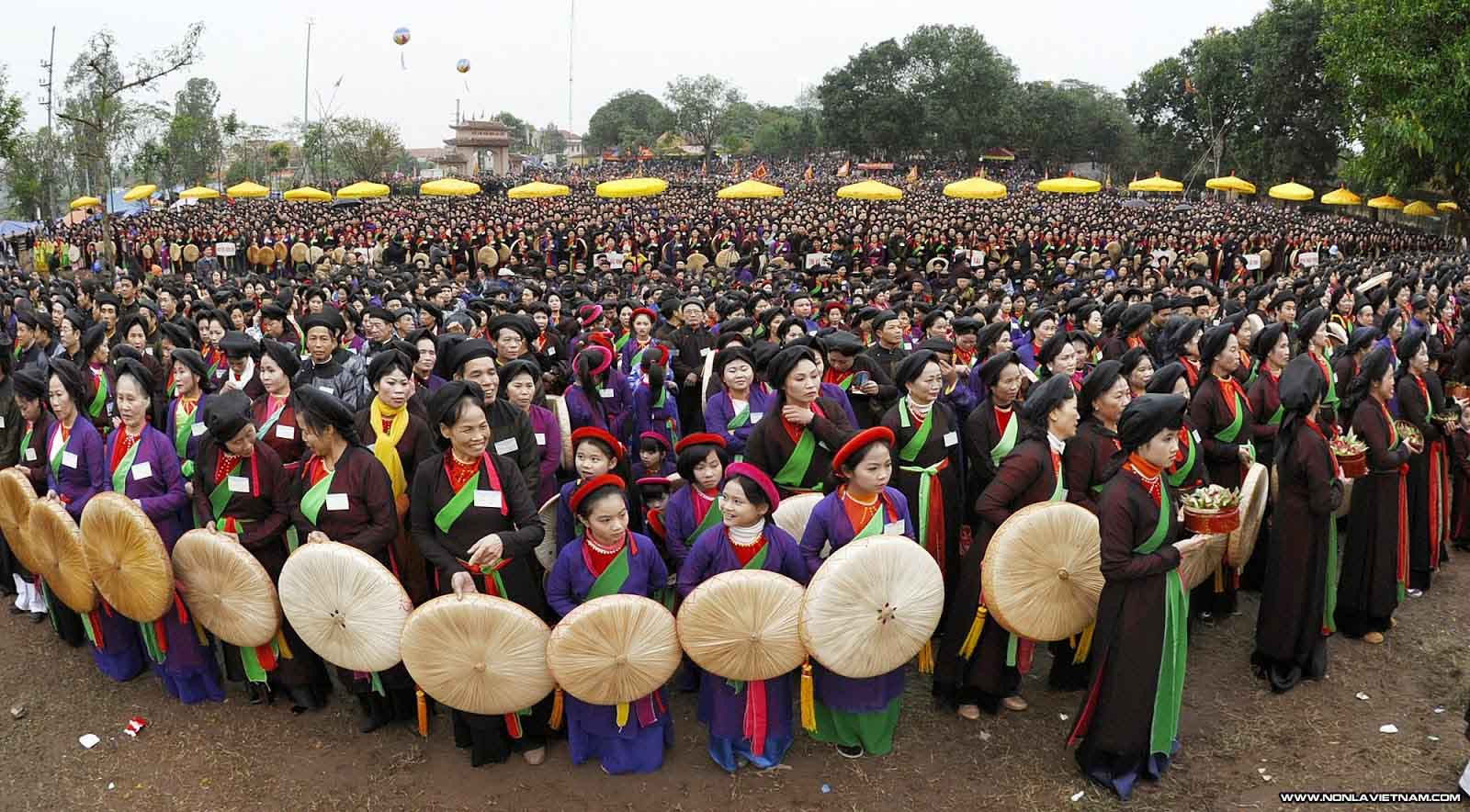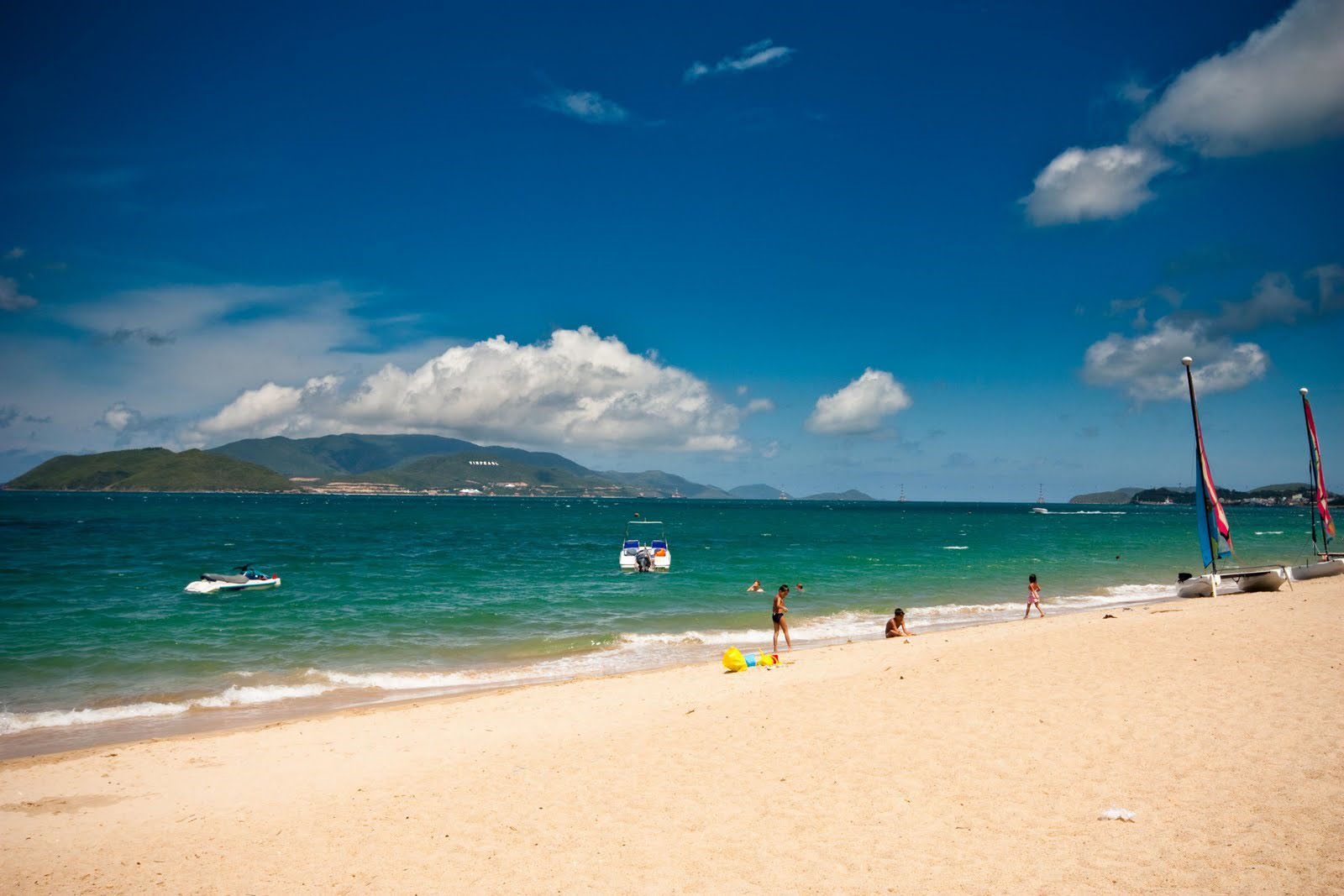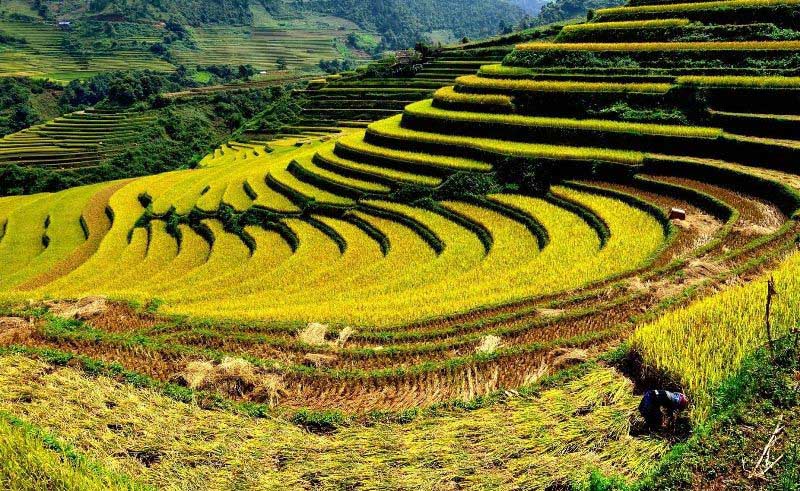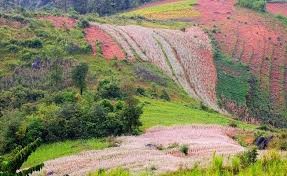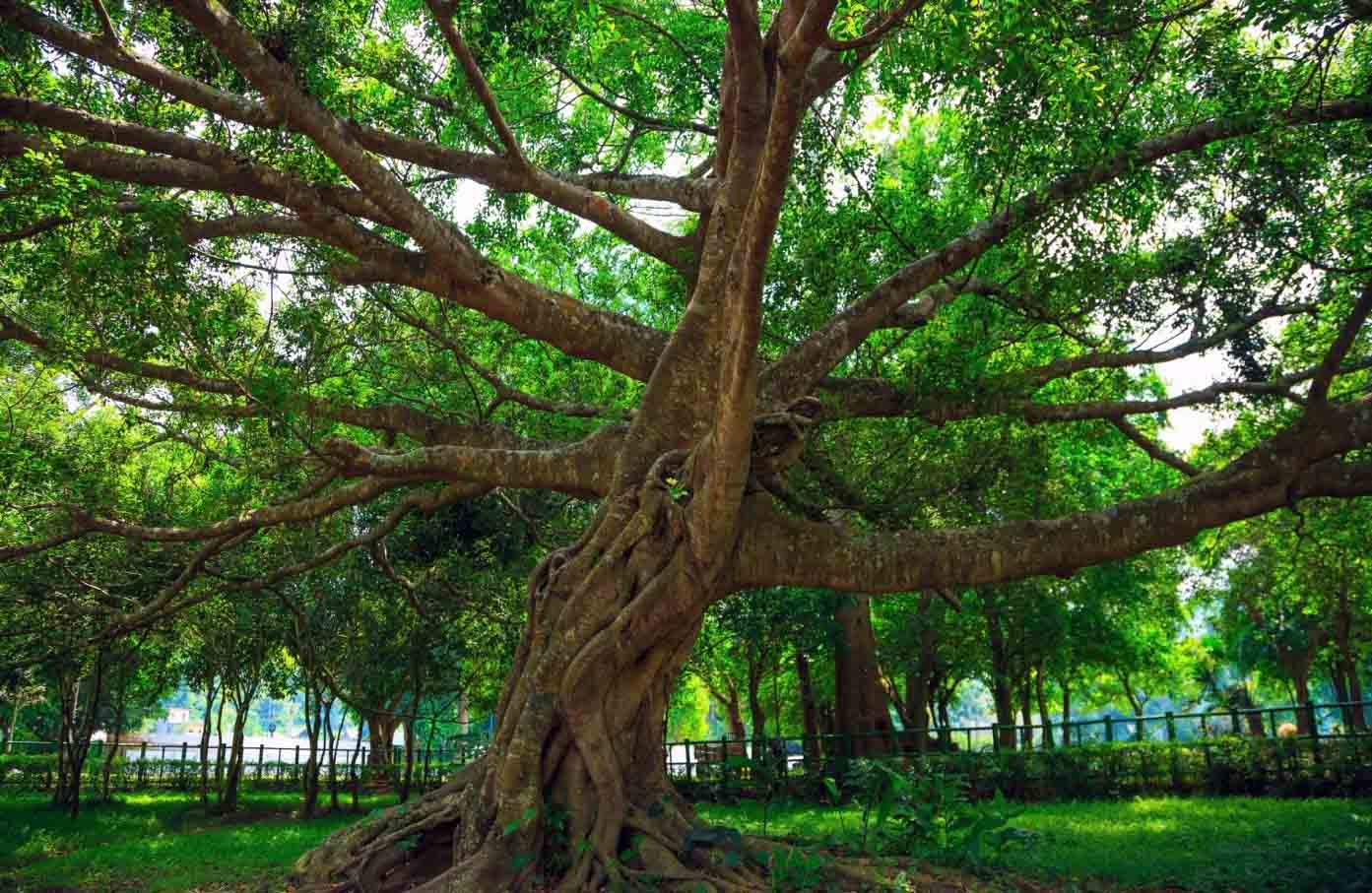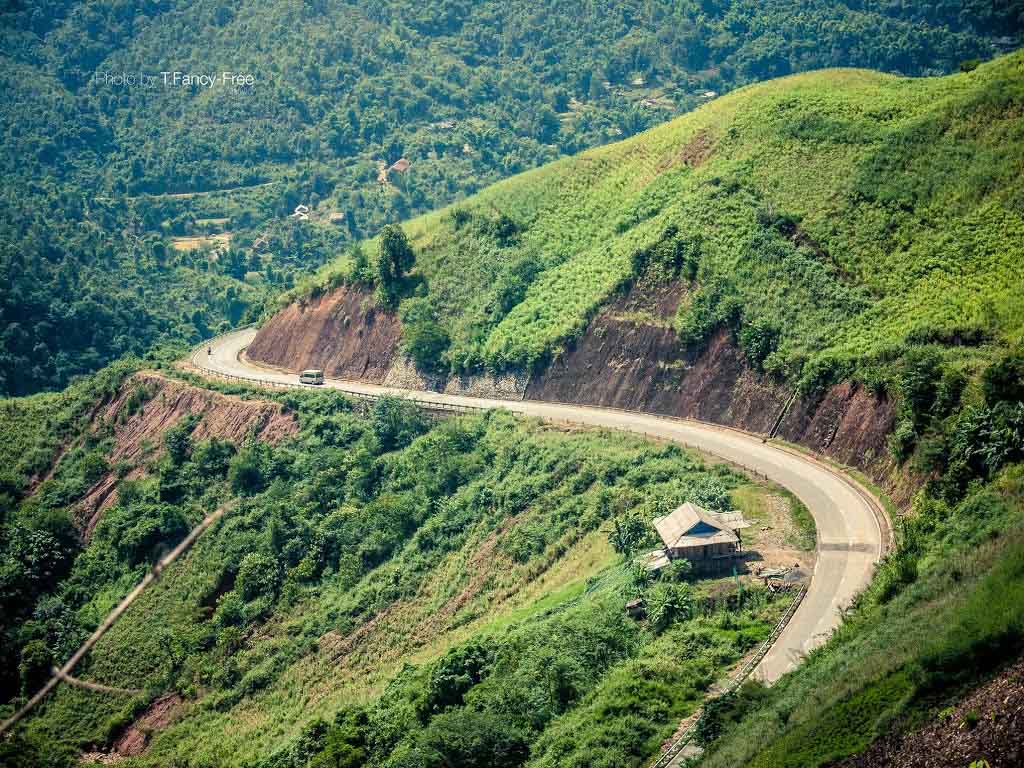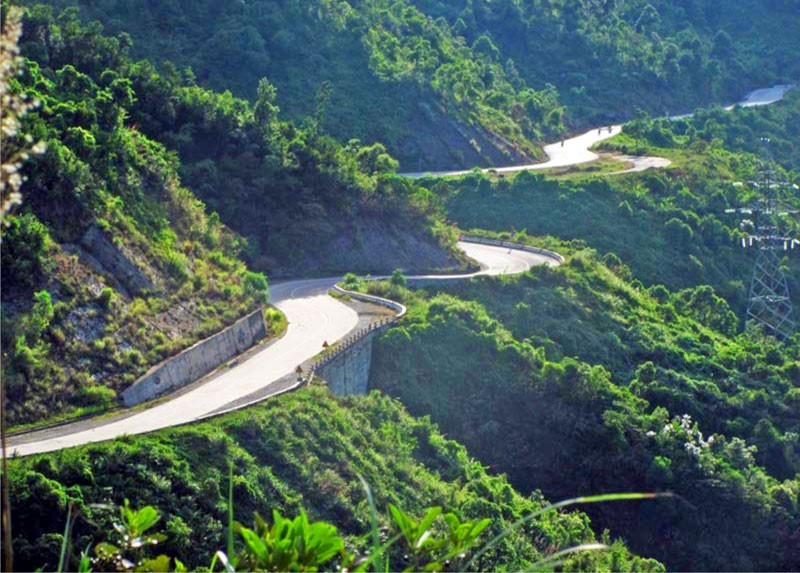Phu Quoc National Park
Alternative site name(s)
Northern Phu Quoc island, Dao Phu Quoc or Phu Quoc island
Province(s)
Kien Giang
Area
31,422 ha
Coordinates
10o12' – 10o27'N, 103o50' – 104o05'E
Distance(s)
Fom Ho Chi Minh City
Eco-tours
Diving, Beach escape… Contact us for more information
Topography and hydrology
With an area of 56,200 ha, Phu Quoc is the largest in an archipelago of 14 islands. Phu Quoc island lies in the Gulf of Thailand, about 40 km due west of the Vietnamese mainland. Phu Quoc National Park is situated in the north-east of the island, and the northern and eastern boundaries of the national park follow the coastline. The topography of the national park is hilly, although not particularly steep. The highest point in the national park is Mount Chua at 603 m. The national park is drained by numerous, mainly seasonal, streams. The only sizeable river on the island is the Rach Cua Can river, which drains the southern part of the national park, and flows into the sea on the west coast of the island.
Biodiversity values
Little information is available on the flora and fauna of Phu Quoc National Park. The natural vegetation of Phu Quoc island is lowland evergreen forest and the national park supports 12,794 ha of forest, equivalent to 86% of the total area. The forest appears to be in good condition, particularly at higher elevations, although forest at lower elevation is degraded. The forest is characterised by members of the Fabaceae. To date, 929 plant species have been recorded on Phu Quoc island. At lower elevations in some areas, the national park supports distinctive formations of Melaleuca sp. forest, characterised by tall trees and an open, park-like structure.
Numerous publications report the occurrence of Pileated Gibbon Hylobates pileatus (formerly considered a subspecies of White-handed Gibbon H. lar) on Phu Quoc island.
Other documented values
Because of its beautiful scenery and unspoilt beaches, Phu Quoc island already attracts a number of tourists. However, the tourism potential of the national park and the surrounding marine area have yet to be fully realised.
More guide...
Responsible Travel
Asia Travel News



